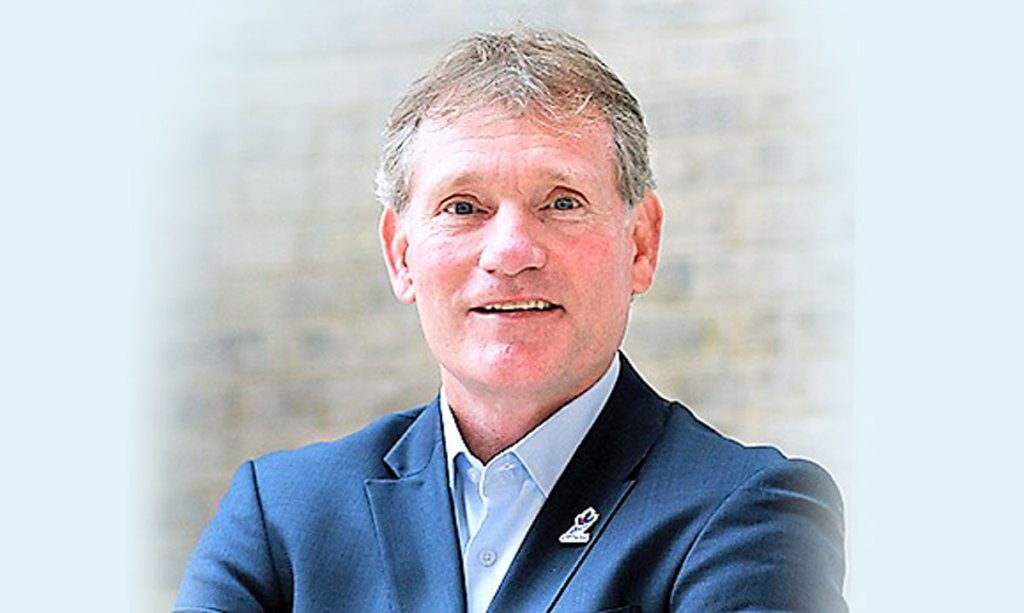
I had the opportunity to speak with Cyril Leeder, the President and CEO of the Ottawa Senators. In this article, we discussed his experiences with the team since the beginning, as well as other projects he has accomplished in his career.
Having worked in the sports industry for a hockey team for a large part of your career, where did your passion for hockey come from?
Well, I was always really passionate about sports as a kid. I played a lot of sports, so it was a central focus growing up for me, playing hockey, baseball, and basketball. I grew up in the small town of Brockville so most of my social circles and many of my friends were formed through the teams I played with and I’m still very close friends with a lot of those players from back then. That’s where the passion for sports came from. However, I never dreamed of a career combining sports and business. Although, when I was in my final year in a business program at McMaster University, I was in a group, and we had to choose an industry to study and report about. The industry we studied was the NHL, and we did a final graduating paper on hockey as an industry, but there weren’t really a lot of career opportunities at that time. There weren’t prominent sport management programs and there wasn’t a career path at that time, so it wasn’t an obvious path to work in sports. If there was, I might have pursued it, I was that passionate about sports, but my dad was an accountant, so I became a Chartered Accountant in Canada and expected to have a career in public accounting.
You started your career in accounting and then ultimately ended up at Terrace Investments which ended up being the group to launch the bid to get an NHL expansion team in Ottawa. How did the initial conversations go around the idea to try to bring a hockey team to Ottawa?
When I received my chartered accounting designation, I left the public accounting firm (Clarkson Gordon) to work for a local Ottawa real estate developer, a guy named Bruce Firestone. It’s a bit of a lore, but it’s true that the idea to bring an NHL team to Ottawa came up over beers after a game of pickup hockey. We were sitting around after the game, Bruce was there, as was myself and Randy Sexton. This was in 1987 and Bruce just laid the idea out there that the NHL expands every now and then, they haven’t expanded in a while and Ottawa should bid for a team, and why don’t we, Terrace Investments, lead the charge to bid for a team.
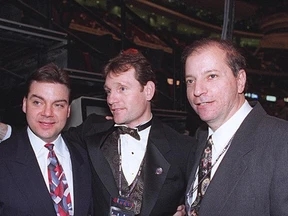
“At that moment in that dressing room over beers when Bruce said ‘hey, let’s chase after the team!’ My eyes got big. Randy’s eyes got big. That’s when I realized here’s an opportunity to work the rest of my life in sports.”
That started the process, and three years later, we had an opportunity to present our bid to the league in person. We sent them a 300-page submission and then we got an opportunity to present in person at their annual meetings in Florida, and the next day, December 6th, 1990, they awarded us a franchise.
Obviously, there’s not really a handbook out there on how to create a NHL team, so what were some of the surprises and challenges that you faced while going through this process?
It was all new to us, so there were lots of mistakes early on. You learn by your mistakes and it’s a painful but powerful teacher. We did make a lot of mistakes, but generally they weren’t malicious mistakes. I think we had the best interest of the team and the fans at heart when we were doing what we were doing.
As for the surprises along the way, we always thought that the team would be important to Ottawa if we were able to be successful to get a team, we just didn’t realize how meaningful and how important it was for the whole community. Not just hockey fans, but also the media as well as community groups and charitable organizations for which the team is a source of fundraising, a source of relief, a source of help for them in times of need. We underestimated just how valuable the club would be to the community and the fact that the players wanted to give back.
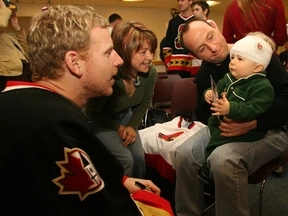
Brad Marsh was the first guy to step forward and say, “hey, I’m going to organize the players and we’re going to put on dinners and events just to raise money for the community.” And then Daniel Alfredsson of course, stepped forward, Wade Redden, Mike Fisher, Chris Neil, Chris Phillips, etc. These guys dedicated their time to helping make the city that they played in and lived in, better.
As for creating the business of hockey, that’s where my expertise lies, and it fell to me to put the business case together way back when we got started and carrying through that business plan ever since. It’s been a life’s work for me trying to piece that together and make it all work. There are no real secrets. The main sources of revenue for the hockey team are our tickets, corporate sponsorship, premium seating, and broadcasting. Then the other events that we bring to the building on non-hockey days is another important revenue stream. We have been building those individual business units over time and they all have continued to grow at a decent rate which has been able to make hockey viable and sustainable here in Ottawa.
In addition to working with the Senators, you have had an incredible impact on the city of Ottawa through the Sensplex developments and the Bell Capital Cup among other initiatives. What has driven you to being so involved in the community?
I’ve got lots of friends in business and what they tend to do is they have their business career and then they spend time giving back to their community outside of their day jobs. Whether they volunteer on a hospital board or some kind of foundation, or the Ride for Dad, there are many different opportunities to give back to your community and I think everybody should try to influence the sphere that they can control. For some people, it’s just their family. Some people might help make their family and maybe their neighborhood better. Some people can help make their neighborhood and their city better. Some can help make their country better. I think of myself in the category of doing what I can to make the city better, and I’m fortunate that I can. I don’t have to be outside of normal day-to-day Senators activities to do that. Even though I am involved with several different charitable boards, I’ve been able to focus my time and effort on initiatives like the Bell Capital Cup or bringing the World Juniors to Ottawa or the Sensplex developments. We know in those instances we’re helping not only our business and our brand at the Senators, but we’re also helping to further the community. It’s important to give back and I’m lucky to have the opportunity to do that right here with the Hockey club through some of those initiatives.
What would you say would be your proudest achievement outside of the senators?
Outside of the club, I’ve been active on a number of different charitable initiatives. If you’re talking in the community, I’d say it’s the creation of Bell Capital Cup, but that’s not necessarily outside of the Senators because the team is really a key component of that event and the building of the Sensplexes. If you’re looking outside the team. I’d say it’s my roles on some boards of directors. I helped build the Convention Center as a part of the board of directors that built the Shaw Center in downtown Ottawa. I have also been active with the Ottawa Community Foundation and Hydro Ottawa, having sat on their boards and tried to make a meaningful difference at those organizations.
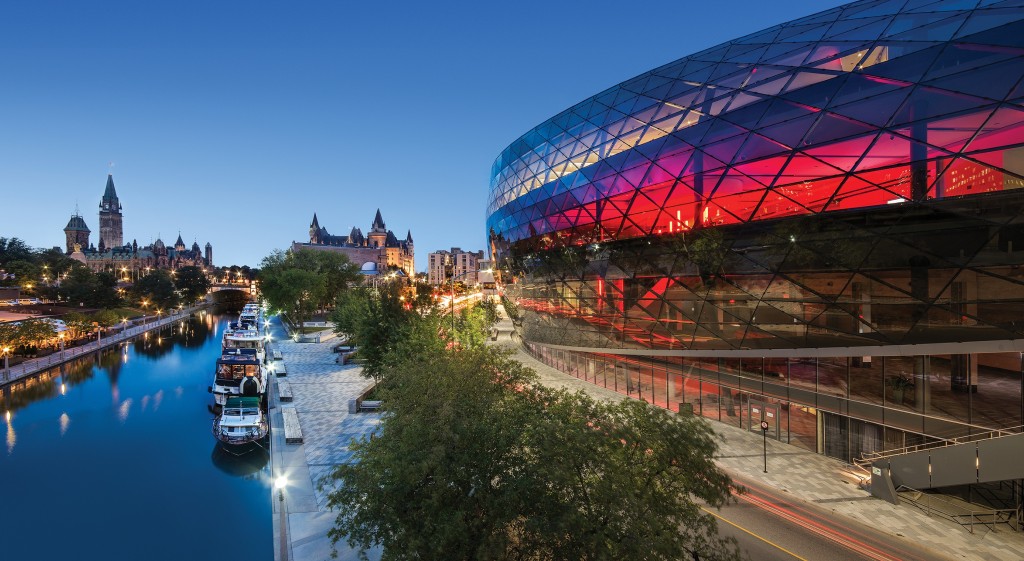
In addition to supporting various organizations across the city, you have also been impactful in the process of bringing major events to the National Capital Region. Can you describe your experiences with this work.
A number of years ago, over 20 years ago now, we bid on the World Juniors 2 times and lost and I realized we just weren’t well organized as a city to bid on events. Nobody was really leading the charge so we got together with some folks and created a local committee that started to put together bids on events and not necessarily just events that the Senators would participate in. We bid on the World U20 World Cup soccer, which we received, and we bid on the Women’s World Cup, which we got. We bid on some other events that just didn’t take place at Canadian Tire Centre.
The three main industries in Ottawa are government, high tech and tourism and we didn’t feel that the Senators could do anything about government, and we couldn’t really materially impact high tech other than the fact that having an NHL team is probably good for the technology companies as they are recruiting people to come to Ottawa. We could, however, make a material difference in tourism, so we got some partners together within the tourism industry; Ottawa tourism, the hotels here, our friends at OSEG, and other sports minded groups to come together to have this “Team Ottawa-Gatineau” to bid on major events. That kind of morphed into Ottawa Tourism now having its own funding source to help support events, and the city of Ottawa got involved as well. We have some infrastructure there now that we are much better prepared for bidding for events and our results are now probably a six out of 10. They could be better, but 20 years ago they were probably a one or two out of 10, so we’ve made some pretty good progress there.
Speaking of results, the World Juniors were a massive success when Ottawa hosted the tournament in 2009 and now you have the opportunity to work on another World Juniors coming next winter. What experiences from the first tournament will you be able to carry over to this iteration of the tournament?
In 2009, we were on our 4th bid for the World Juniors, so maybe it was a great bid, maybe we were just due to get it, I don’t know, but we had a lot of help from different partners. We had the province involved, the city, we finally got everybody organized through this Team Ottawa-Gatineau concept. We were working with OSEG and the real differentiator that year was our model. I think our moto was “Ten teams, 10 days, One city.” I don’t have it quite right, but it was 3 phrases, and the last one was “one city.” The tournament had never been hosted in one city before. The World Juniors was always in two different cities because they didn’t think they could sell as many tickets in a bigger building for the non-host team. We thought we could put together a package that would be a much better event for all the attendees if it was in one city. For two cities, you’ve got media that have to cover it, so they have to go between these two locations. They need to have two crews sometimes or travel back and forth or sometimes not cover the other games to the extent they should. You’ve got the IIHF here with all their dignitaries. You’ve got all the corporate sponsors that can’t get to both venues. A whole host of reasons why having it in one city would be better if the economics would work, so we put together a plan that would allow the economics to work and keep it in one city and it worked.
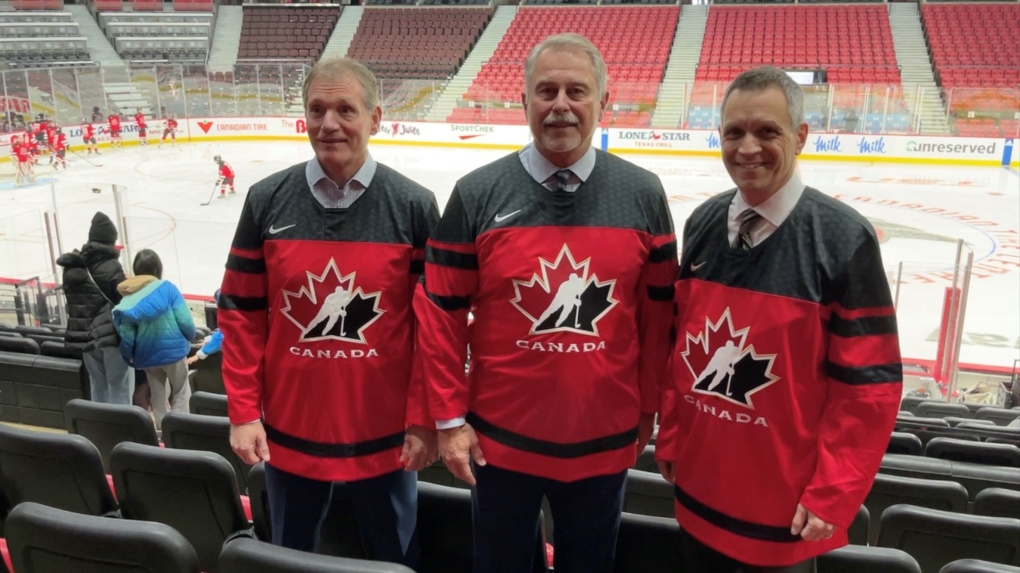
They said that we had to build the business case and at that time, it was the most financially successful world juniors of all time and set an attendance record at that time, so it was it was really great. I think that model hasn’t been repeated in in the one city other than through COVID, and this year, we’ll host it again this December and it will be the first time they go back to the one city model here in Ottawa. Overall, I think it’s really the best of both worlds if you can get the financial numbers to work. Then, you have a much better event being in one city.
The World Juniors isn’t the only repeating project from your first stint with the team as you are now leading another arena project for the Senators in Ottawa. How has that process been similar and different to what you experienced the first time around with the development of the Canadian Tire Centre?
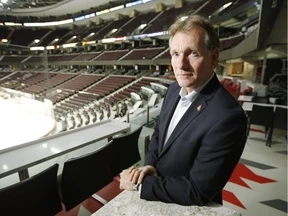
I don’t know if I’m fortunate or I’m just old, but I’m getting the opportunity to do 2 arenas in the same city. When we went through it the first time, it was the early 90s, so we got the team in 1990, worked through to put them on the ice for the first game in 1992 and then we were working towards getting a new arena. We started construction in 1994 and the Canadian Tire Centre as it is today opened in 1996.
When we did the original arena, Ottawa wasn’t really a mass transit city at all. We did not have an LRT, the bus system was evident but not prominent, and it was a city where everybody drove. Therefore, we felt that having an arena where we could put lots of parking near a major highway was the key and it’s been successful. What’s different today is the whole region has grown. Gatineau is now over 400,000 people and is not easily accessible to Kanata. Orleans and Barrhaven have grown fantastically as has Kanata, but when we think about it now, we need to be more central to our entire fan base, not just Kanata and the Ottawa Valley. If we can move the arena downtown, make it more central, then it would be more accessible to everybody.
The other thing that’s changed significantly in the last few years has been with COVID, the federal government has not gone back to work downtown. There’s maybe 20% of the foot traffic there on a weekly basis that we used to have Pre COVID which is really significant. It’s a really difficult downtown situation, and if we don’t do something in the next little while to rejuvenate it, we’re going to have a real problem. The key thing is that for a downtown revitalization in Ottawa, an arena should be part of the solution, but it’s not the end all, be all. The LRT transit ridership is also down because of COVID so you need to put attractions and interesting things along that line that are going to make people want to use it since it’s a $5 billion investment that we’re making as a community. We’ve got a library being constructed on the LRT line right now that will help. If we can get some more facilities and some more attractions that’ll help even more. It’s all another reason why having the arena downtown makes a lot of sense.
Could you leave me with some advice you’d have for someone trying to get into the sports industry.
I think for anybody getting into the sports industry, your first job is your hardest, to get your foot in the door and working with a Team or an organization or an event. Don’t sleep on the events. Sometimes the events are a good way to get into sport, such as a World Juniors tournament or a World Cup or just something in your community that’s happening that you can get the opportunity to work or volunteer and get the experience. It’s that first opportunity that’s important and then once you get in, it’s your audition to show the group what you can do and put in the time and the effort and the work. We’ve got a big team here now, 200 full time staff, and I don’t everybody on a first name basis yet since I have only been back five months, but I’m getting close to it and the folks that are working hard and delivering results do stand out. I think that’s how you make your way in the sports world, or in any avenue of business, is you get your foot in the door and then show what you can do through hard work and effort.
What a fascinating article
LikeLike
very insightful!
LikeLike